
Art and psychoanalysis have always fed off each other. What would Surrealism, Dadaism, and to some extent even pop culture have been without Sigmund Freud’s teachings on the unconscious? Would the feminist and post-structuralist critiques of the alienating structures of capitalism and language have been possible at all without Jacques Lacan’s theories on the mechanisms of desire? And what would postmodernism have been without October’s star thinkers Hal Foster and Rosalind Krauss, and their theories of the return of the real and the optical unconscious of art?
Let’s face it. Psychoanalysis makes art sexy. Yet art has always been a precursor to psychoanalysis. Sophocles basically handed Freud the oedipal complex, and Hans Holbein’s Ambassadors (1533) paved the way for Lacan’s theories of the phallic structure of the gaze. In other words, it’s primarily artists, and not psychoanalysts, that can teach us something about ourselves and our relationship to the world.
Art + psychoanalysis = psychonautic aesthetics. If many artists of the 1990s and the 2000s were operating like ethnographers, brilliantly summarised by Foster in The Return of the Real (1996)I’m arguing that the 2010s most prescient artists have operated as psychonauts by navigating the human conscious and unconscious relationship to themselves and their surroundings. Looking back at the past decade in the Nordic countries, and in Sweden in particular (which has been my primary horizon), I see three interesting psychonautic methods: the iconoclastic, the therapeutic, and the phantasmagorical.
Attack on the symbolic order
The iconoclastic methods I see in artists who expose and sometimes provoke societal neuroses, perversions, and psychoses. This art is often confrontational and transgressive. It attacks norms, institutions, taste regimes, and belief systems, and often takes place in the increasingly overlapping fields of news and social media. The iconoclastic artists work as tricksters, taboo breakers, prophets, or adjudicators of different kinds, and are often derided. When populist affect is drummed up, artists rarely get final say. The big question is where the artist’s allegiances lie and whether they contribute to society’s increased polarisation or not, in their attack on what Lacan calls the “symbolic order,” the set of laws, values, codes, language systems, and symbols which hold our societies together.
Few artworks of the past decade have been more controversial than Makode Linde’s performance The Painful Cake at Moderna Museet in Stockholm 2012. Suddenly, everyone including CNN and other international media outlets, were interested in Linde’s plays with stereotypes. The artist’s intention was to create a new narrative around the relationship between blackface culture, slavery and the history of colonialism by a satirical reduction and conflation of such disparate, yet connected, phenomena as the Palaeolithic statue of Venus of Willendorf and King Leopold II of Belgium’s image of Africa as a big sumptuous cake to portion out. The National Afro-Swedish Association made a complaint to the Parliamentary Ombudsman; claiming that regardless of the artist’s intentions, the artwork reproduced a racist and misogynist stereotype of a black woman.
I would argue that the work was a wonderful catalysator of the anxieties and preconceptions of our culture consumers. Criticising an artist for the reality they represent (in Linde’s case: white supremacy in the white cube and how this order relates to art’s colonial history) is to look at the artist’s index finger instead of the racist structures it’s pointing to.

Linde stoked new controversy with the exhibition The Return of the Negro King at Kulturhuset in Stockholm in 2016. Marianne Lindberg de Geer, the artistic director, resigned in protest when the institution demanded that the title be changed. Again, Linde’s attempt to disarm the N-word, wrenching the weapon from the perpetrators’ hands and denying them exclusive word rights, through a carnivalesque practice which both produces prejudices and deconstructs the image of black identity by laughing at everything and everyone (including himself) was misunderstood and circumscribed. More recently, Linde has been making blackface painted Rorschach tests. I can’t think of a more apt image of the unconscious suppressed racism in the psyche’s dark heart.
Other examples of artworks which turned politicians and the average person on the street into art critics include Anna Odell’s genious infiltration in the psychiatric institution, Dorinel Marc’s burka satire, Mattias Norström’s limp flag pole on Sergels torg in Stockholm, Carolina Falkholt’s sex-totemic façade paintings, Liv Strömqvist’s menstruating cartoon figures, and Elisabeth Ohlson Wallin’s queer reinterpretations of the Bible. The belief that you can do anything in the name of art was replaced in the 2010s with the belief that you can say and do anything with art.
A work that was subjected to similar pressure was Jonas Dahlberg’s unrealised memorial Memory Wound (2013–2017) in commemoration of the terrorist attack on Utøya Island outside Oslo. The work took on art’s ability to represent the indelible traces of the terrorist attack in the collective memory by creating a literal wound in the landscape, one that could be contemplated both from the mainland and from the water.
Another part of the work, which was to be located in central Oslo, offered the possibility of both a discursive and reconciliatory contemplative space. Sadly, Dahlberg’s work was vehemently opposed by local forces who preferred a more low-key memorial. On a political level, the work was not just about what had happened, but also about how we can achieve a society where such a thing need not happen again. Dahlberg’s work was also iconoclastic in the sense that it involved an assault on Norway’s idealised self-perception.
In my opinion, the work became more powerful precisely because it was never realised – a perfect image of the traumatic intrusion of the real into the symbolic order and a reminder that critical forceful art is rarely welcomed by ‘the people’.

But the iconoclast that managed to be most upsetting of all was Lars Vilks. Whatever one thinks of Vilks’s art and his political views – a distinction that seems to have become increasingly important in recent years – his art, like that of Charlie Hebdo’scaricaturists, manages to both portray and accelerate the culture wars of our time. If we are to believe Charlie Hebdo, which recently published a new issue that reflected on the major changes in the social climate since the terrorist attack on their editorial offices on 7 January 2015, the threat to artistic freedom no longer comes from terrorists, but from social media. This is where the winners and losers of the culture war are determined. From a psychoanalytic perspective, one could say that social media has taken the position of “the great Other,” which was previously occupied by bodies such as the church, the law, or the father who enters and dethrones the child from their perceived place in the centre of the world. Of course, it’s only a matter of time before social media will also be overthrown from its piedestal.
Confrontation and reconciliation
The second psychoanalytic track I want to highlight is, with the risk of sounding slightly flat, art as therapy. Therapeutic art suffered a bad reputation for a long time and was associated with paintings of sunsets in waiting rooms. But what is at stake here, is more the confrontation with the wounds, dreams, desires, and frustrations of the self, the family, and the immediate environment. If the psychonautical iconoclasts are more likely to operate with affects in the public space, then therapeutic psychonauts seem to prefer working with affects in the private sphere. These artistic practices have many affinities with the psychodynamic methods of psychoanalysis, and have a considerable transformative potential, at least on the individual level.
With the risk of sounding a little bit personal, I have to admit that these kind of practices have made me cry at least twice in the past decade. The first time was in front of Tova Mozard’s Big Scene (2010), which I saw at Milliken Gallery in Stockholm 2010. In the film, Mozard combines the cathartic dimensions of group therapy and acting in a very moving encounter between herself, her mother and her grandmother on the main stage of The Royal Dramatic Theatre in Stockholm. “Give man a mask, and he will tell you the truth,” Oscar Wilde once said. The theatrical dimension of psychoanalysis is also a form for producing truth. I was so taken by Mozard’s work that I decided to make an entire exhibition, entitled The Hidden Mother, about the role of the mother in contemporary art, and in preparation for that I chose to go in therapy with the producer I was working with. Since, to begin with, I didn’t dare to speak directly about my mother, I talked instead about the artworks we were going to include in the exhibition. We brought the artworks on the couch, literally, by showing small reproductions of the artworks that we were going to include in the exhibition.

Eventually, we reached the hidden subject matter of our respective mothers and I proposed a new game rule to my producer: we were both going to seek out our mothers (hers lived in a Parisian suburb, mine in the Romanian Carpathians) and write about our encounters with them. The result was a book and an exhibition with some thirty artists at Atelier Rouart in Paris 2012. In the exhibition, I staged a room similar to Freud’s office, where visitors could choose the place of either the analyst or the patient and listen or speak freely about the artworks in the exhibition. Listening to the stories generated by the artworks, and having visitors, complete strangers open up to me when I sat in the analyst’s chair – helping them approach their stories in new ways and discover their surprise about things they didn’t know they felt – remains one of the most powerful experiences of my life. And all this, thanks to Mozard’s endlessly multifaceted artwork.
The second time I was moved to tears was in front of Åsa Cederqvist’s playful video portraits of herself, her daughter, and mother in Mama Dada Gaga (2019) which I saw at Momentum biennial in Moss, Norway in 2019. The tears came during the sequence where the artist is standing on all fours in a sunny meadow with her daughter on her back, saying “I will always be with you, you know… and you will always be with me.” If Mozard’s film is based on the confrontational encounter, where one person’s truth is compared to another person’s truth, Cederqvist’s film bathes in a paradisiacal air of play, intersubjective sincerity, and sensuality. How would the encounter with my own mother have turned out if Cederqvist’s work had been the catalyst of that adventure? Wounds are stripes that rarely fade away.. But if art cannot reconcile us with those around us, it can at least help us reconcile with our past.
Dangerous dreams
The third and final psychoanalytic track is art that offers journeys into the topographical labyrinths of our unconscious. This phantasmagorical art dissolves boundaries between dream and reality, the self and the outside world, as well as the past and future. Haven’t artists always done that? You might ask. Sure. But something new has happened in recent years.
Pierre Huyghe’s exhibition at Centre Pompidou in 2013 provided one of the most intellectually stimulating art experiences of the last decade. Huyghe combined reinterpreted scenes from Stanley Kubrick’s erotic thriller Eyes Wide Shut (1999) and films from his expeditions to Antarctica and the Amazon, with live ants, aquarium fish, and a white dog with its paw painted pink wandering around among the visitors. What constituted the new was the artist’s ability to merge two diametrically opposed practices – the psychoanalytic session and the amusement park visit – with film as a binding agent. Hollywood’s blockbuster logic was toned down via the mysticism of a magic lantern. Walking through the exhibition gave the impression of walking through the artist’s psyche. The narration was diffuse, like in a dream. After a while, it felt like I was walking through my own head, and that it was up to me to construct the narrative.

A few years earlier, I had the opportunity to go behind the scenes when Huyghe was making the film The Host and the Cloud (2010). The things I saw, the things I could make sense of and not, are in part treated in my novel La diagonale du désir (The Diagonal of Desire 2018), which is about a woman who decides to start a journey with the aim of finding her true desire. The female character is guided by art works, but she also uses art for enchantment. When art affects our lives to such an extent that it becomes a symptom, not only of society’s but also of the individual’s oppressed urges and desires, there is only one thing we can do: sharpen our analytical tools. And this can only happen if we, like Antoine de Saint-Exupéry’s little prince, dare to see with our heart.
Few artists in the Nordic context have treated the primitive inclinations of the human psyche, its sexual and occasionally murderous drives, better than Nathalie Djurberg and Hans Berg. Their Wunderkammer animations, filled with monstrous people, animals, vegetables, fruits, and objects which seem to be in constant conflict between Eros and Thanatos have repeatedly been exhibited as meanders of a psychotic fairground, blurring the line between the self and the surrounding world. Their magnificent and meandering solo exhibition at Moderna Museet in 2018 made me think of Goya’s notorious etching The sleep of reason produces monsters (1797–1798). But Djurberg and Berg’s monsters seem to come from a nursery where the struggle between the pleasure principle and the reality principle is still ongoing.
On second thought, we’re probably all in that nursery. Just think of how Lacan explains the difference between Hegel’s famous master-slave morality and that of capitalism. For Hegel, the master was always prepared to give his life; the fear of death was what made him a master of others and to some extent responsible for the world order. But what happens in the capitalist discourse? Well, the master wants to enjoy the slave’s thirst for liberty, to liberate himself from the responsibility for the slaves’ survival and submit to the pleasure principle; the master becomes a child who refuses to grow up and instead chooses to remain in the unlimited freedom of the nursery. In that sense, capitalist society is a tragic nursery story, and Djurberg and Berg’s surrealist odyssey captured this tragedy better than anything else in the 2010s.

Phantasmagoric art can also be attractive and melancholic, like Lovisa Ringborg’s image world. In several works during the past decade she’s explored an indeterminate point between drama, psychology, and music. Her most recent exhibition Skuggrummet (Shadowroom) at Cecilia Hillström Gallery in Stockholm, January–February 2020, was an opportunity to experience work that tied the interest in spiritistic and psychoanalytic methods even closer through moving Rorschach tests and sparse black-and-white photographs alluding to phantom pain next to imaginary body parts, prostheses, and passages into the unknown. It was as if Lacan’s mirror-stage doctrine met Alice’s ability to penetrate the mirror into Wonderland – a mood indicative of both the world of dreams and some forms of mental disorders.
Ringborg’s mix of scientific and religious practices also links her to the esoteric trend that was prominent during the 2010s. Cecilia Edelfalk, Leif Elggren, Christine Ödlund, and Fredrik Söderberg have all invented their own cosmogonies over the past decade with their constant connections between the mind and spirit world, mental and metaphysical journeys, esoteric and exoteric methods. An artist who brought the spiritual search for a parallel world into the performative space was Ylva Ogland, who after years of creating total works of art, ritualised ceremonies, psychoanalytic reflections, and mise en abyme games with art history, eventually merged with her alter ego and took the name Ylva Snöfrid. The engagement with the link between psychoanalysis and spirituality continued to thrive even with younger artists such as Yngvild Saeter and Christer Chytraeus, who in recent years have each made intricate connections between their near-death experiences and a materialist object-based spirituality. Nadine Byrne also became interested in abolishing the difference between reality and dream, in the ability of art to create its own world, and founded a female sect based on anthroposophical colour theory, psychoanalytic games, and textile transcendence.
The interest in psychoanalysis is here to stay. When I look around, I see it almost everywhere in contemporary art. Someone who has really tried to identify the mysteries of the psyche for several decades is Annika von Hausswolff, whose large retrospective at Moderna Museet will open this summer. Her photographs could be regarded as embodied analyses of trauma and desire on both collective and individual levels. All art really has the ability to become psychonautical, if we want it to. But for this to happen, we must, as Lacan argued, give in to the artwork and let it work on us – let it take us wherever it wants to take us, like in a dream. It may be a dangerous dream, causing us to do things we didn’t know we wanted to do, but as Elstir – Marcel Proust’s artist in In Search of Lost Time (1913–1927) – says: “If a little dream is dangerous the cure for it is not less dreaming but more dreaming, the whole dream.”

Sinziana Ravini (b. 1976) is an art critic, author and curator based in Paris. She is editor-in-chief of the art journal Paletten, and a regular contributor to Aftonbladet and Göteborgs Posten. She holds an MA in Art History from Gothenburg University (2004) and a PhD in Literary History from Heidelberg University (2008). Her first novel La diagonale du désir was published in 2018.
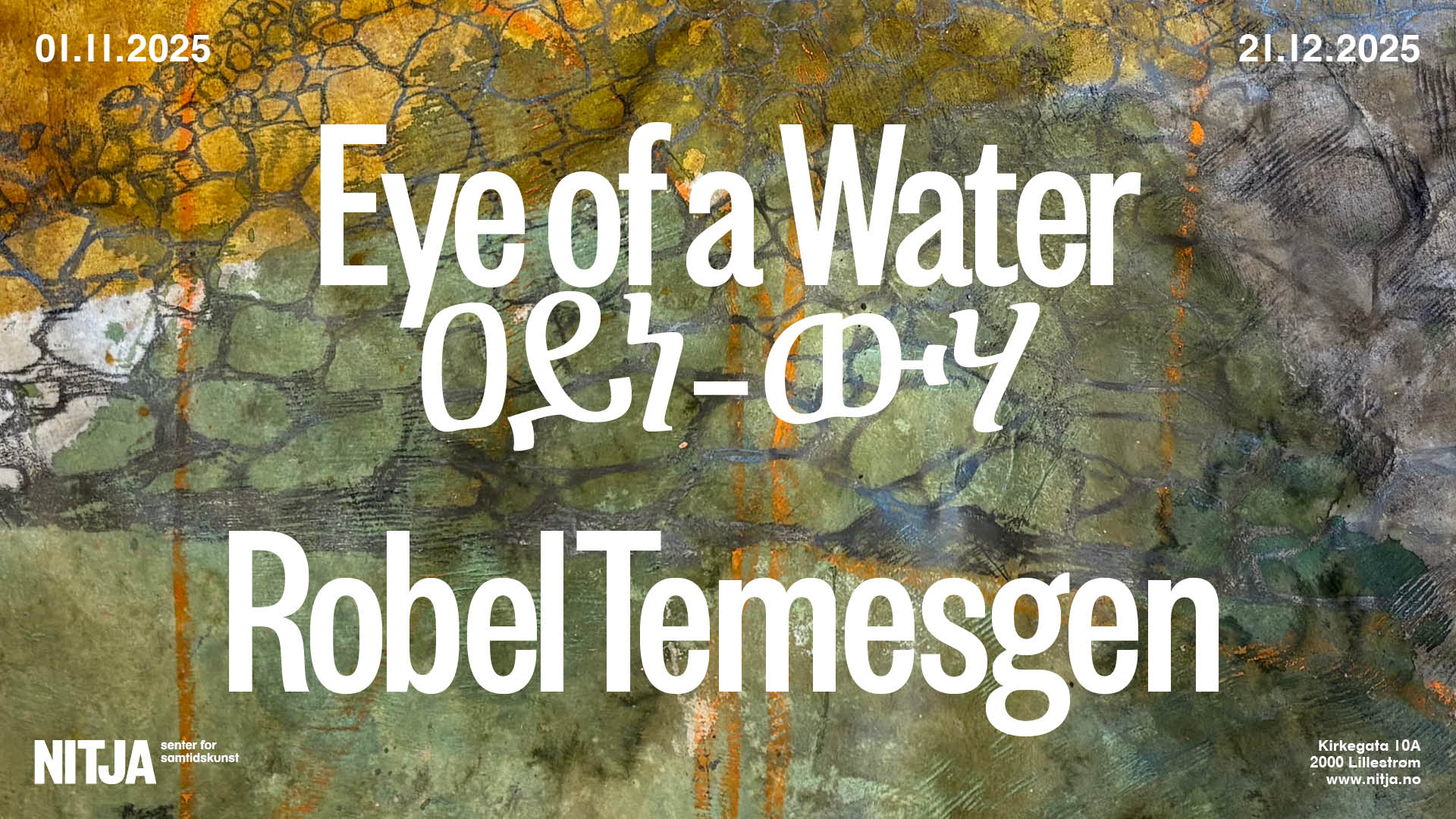






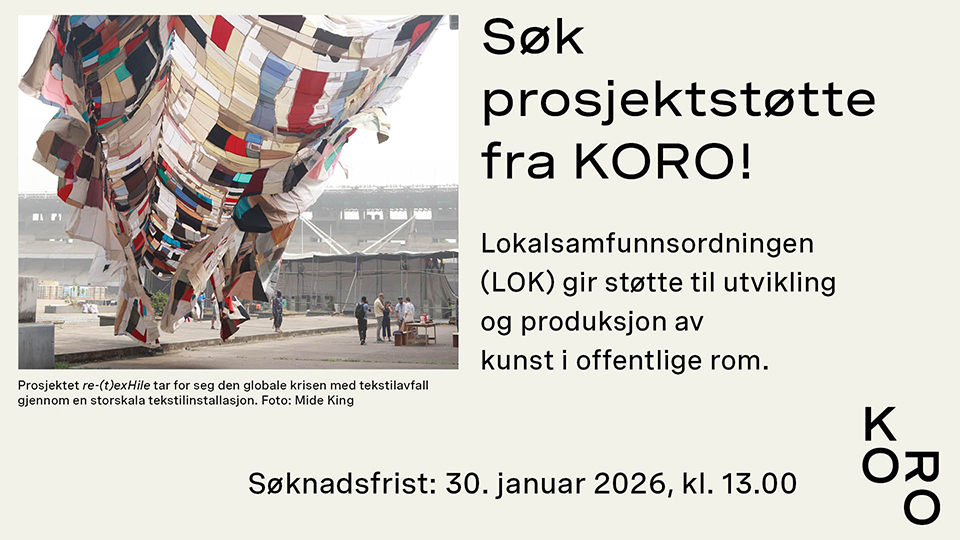
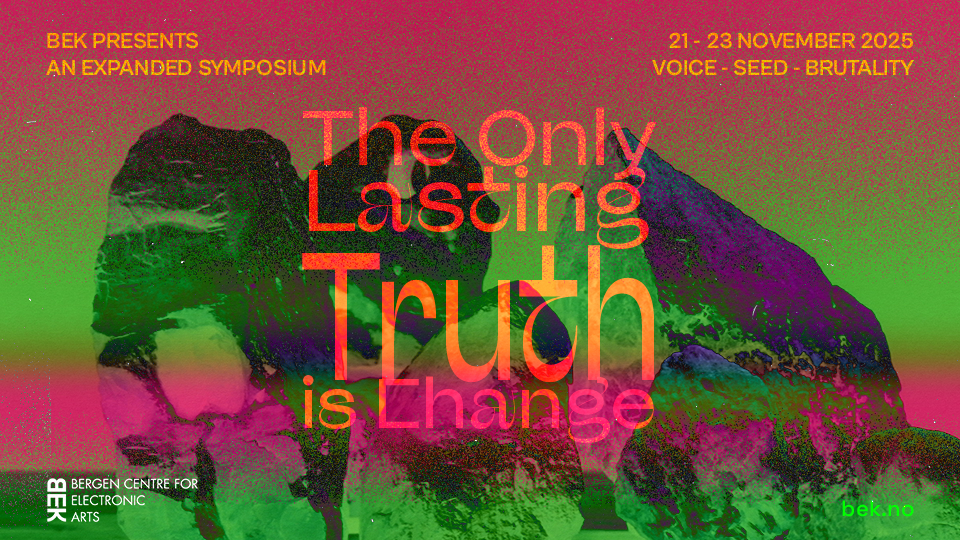
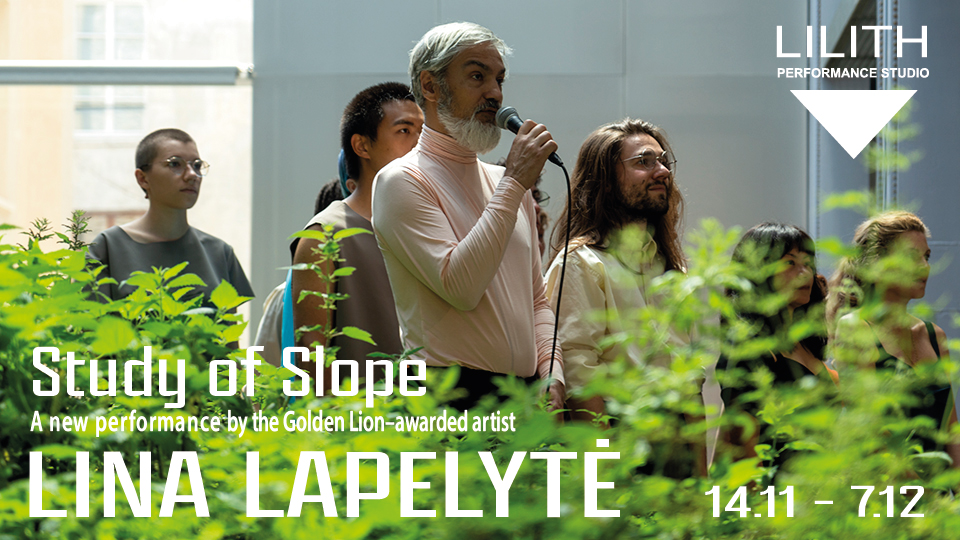
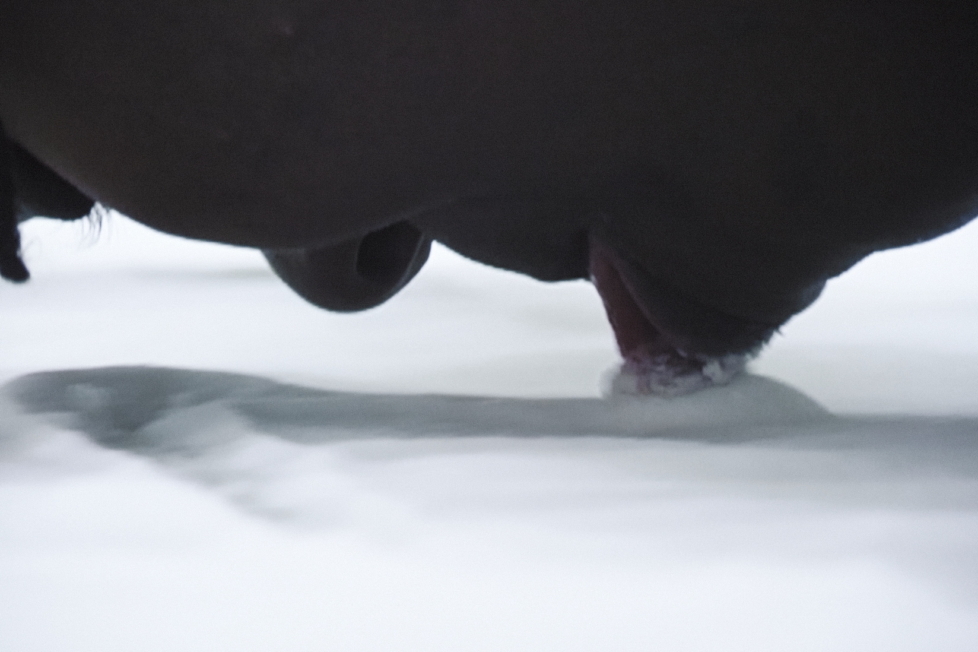
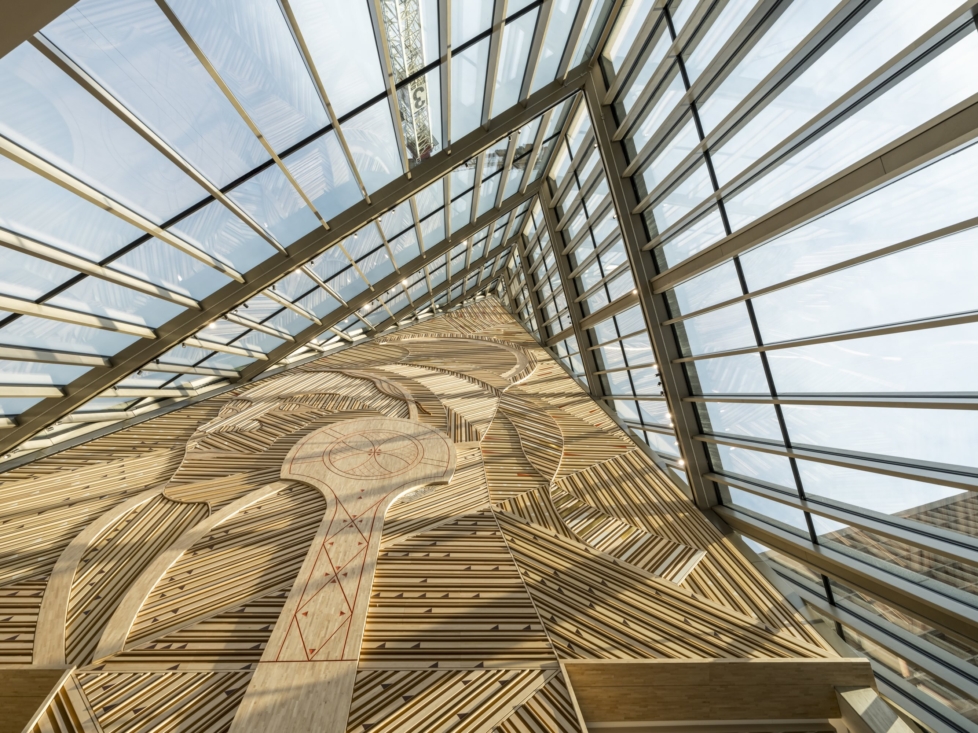
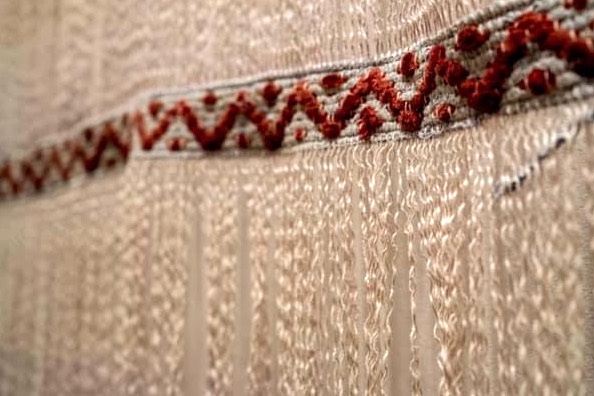
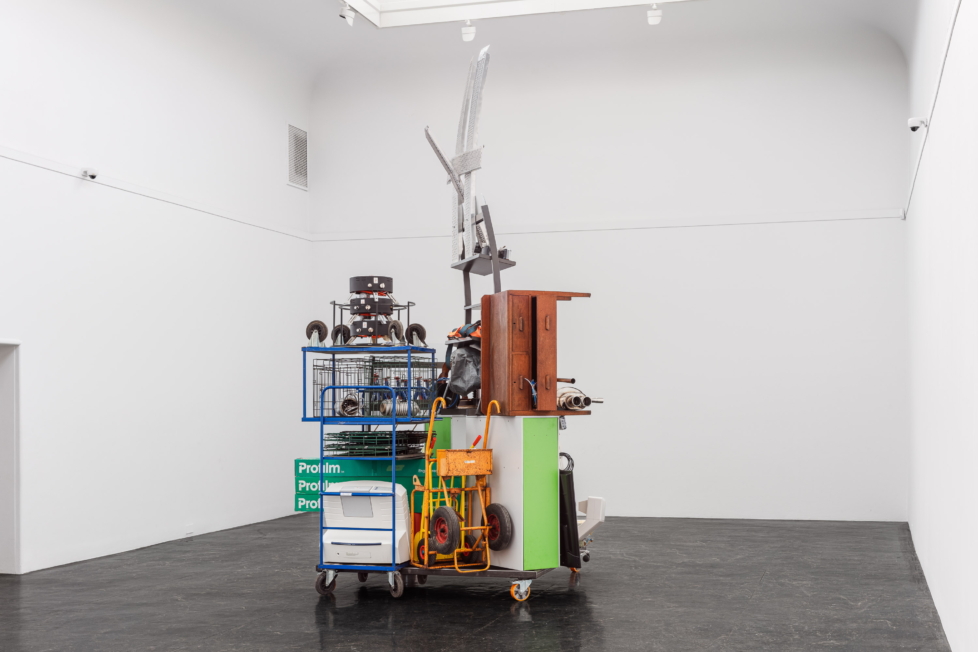
Leserinnlegg